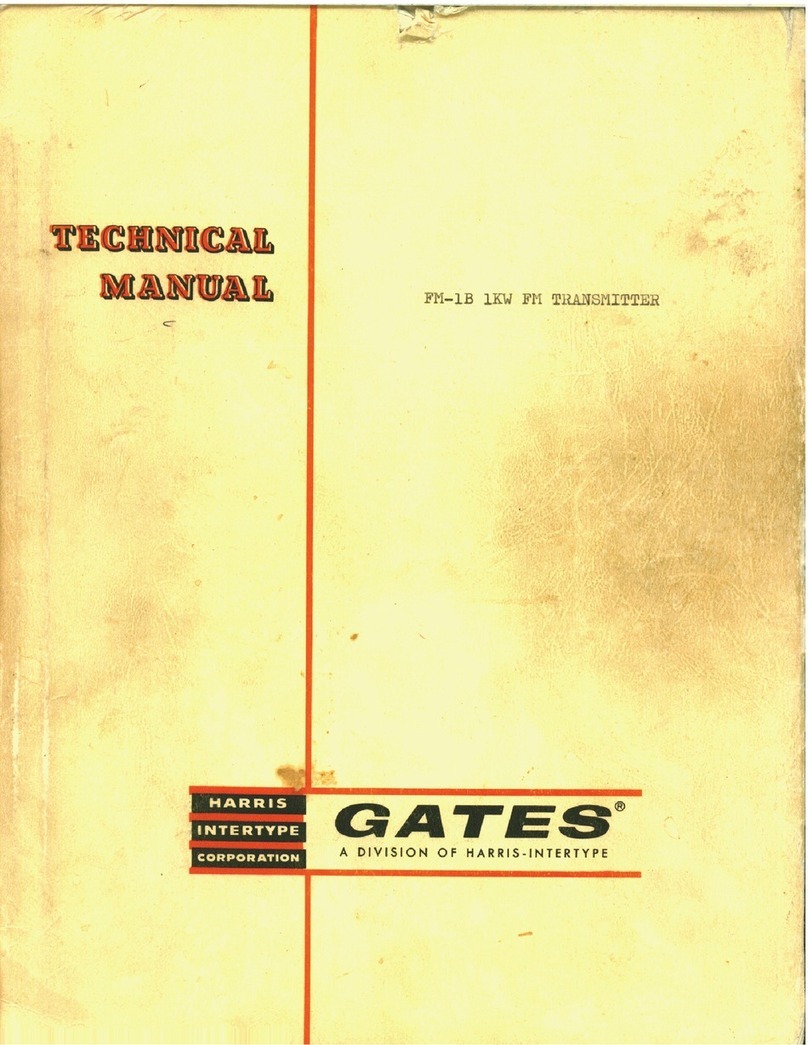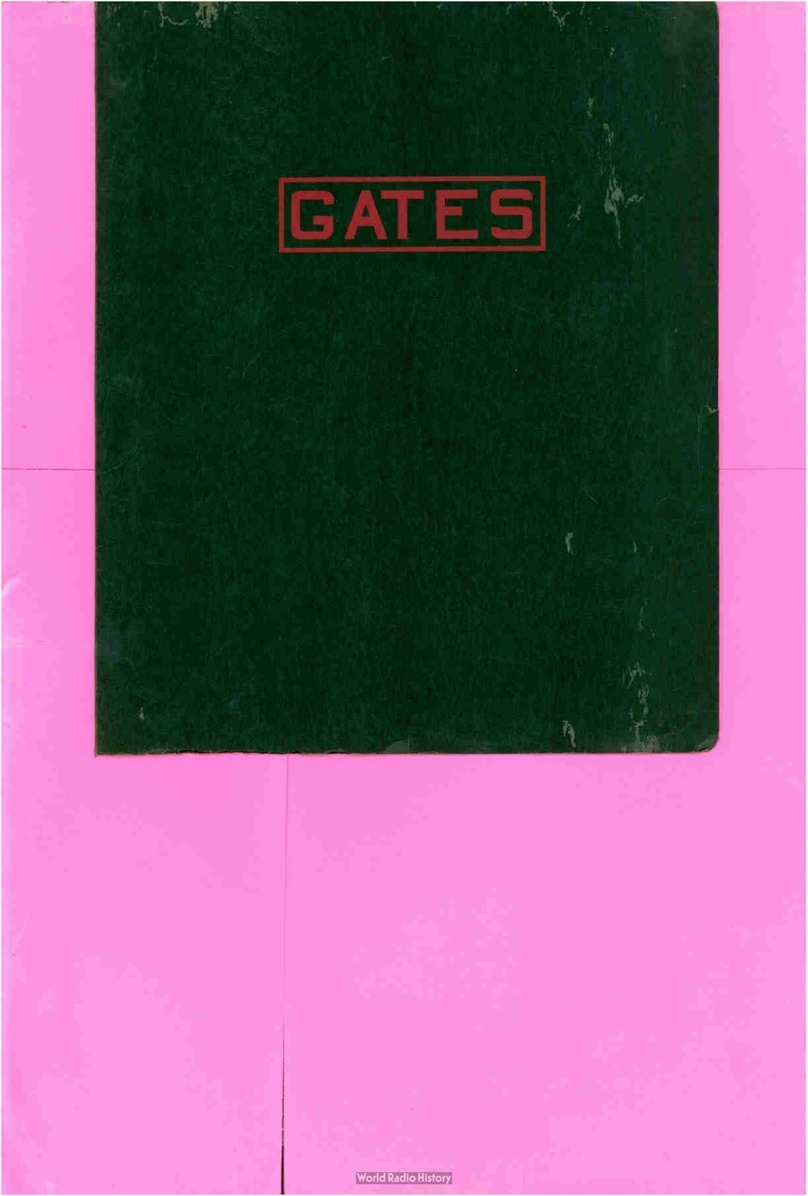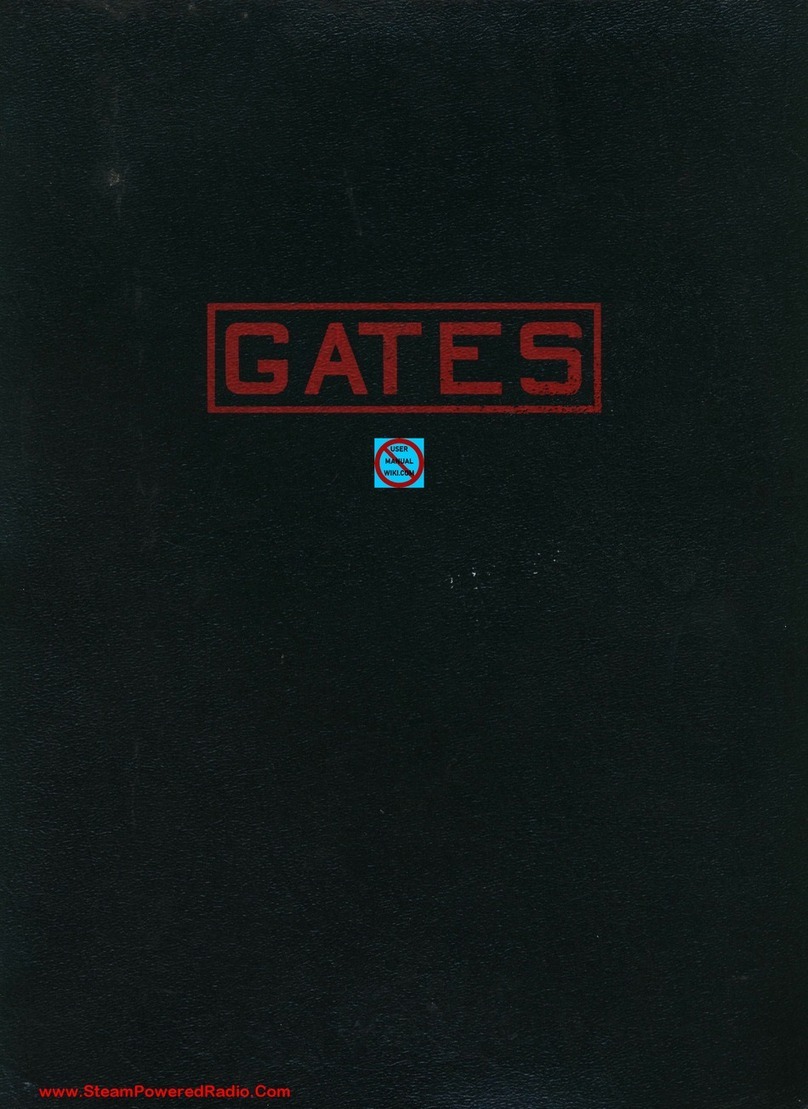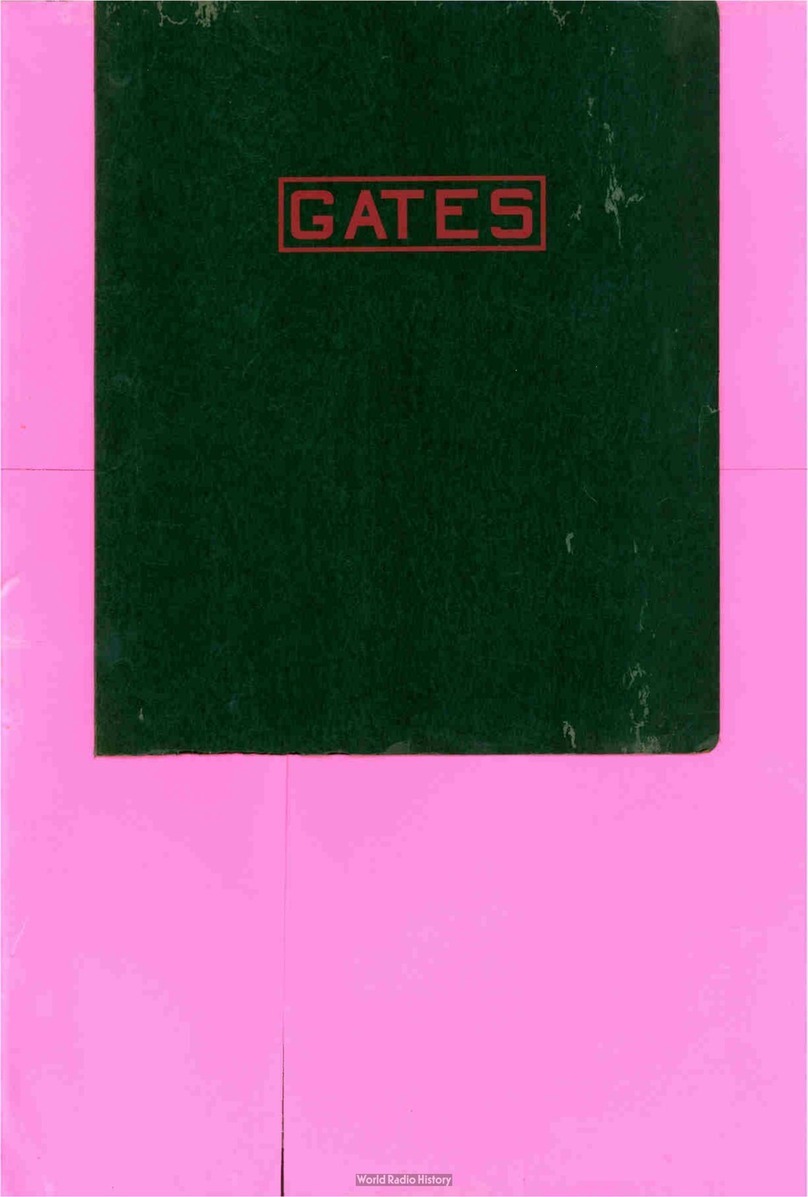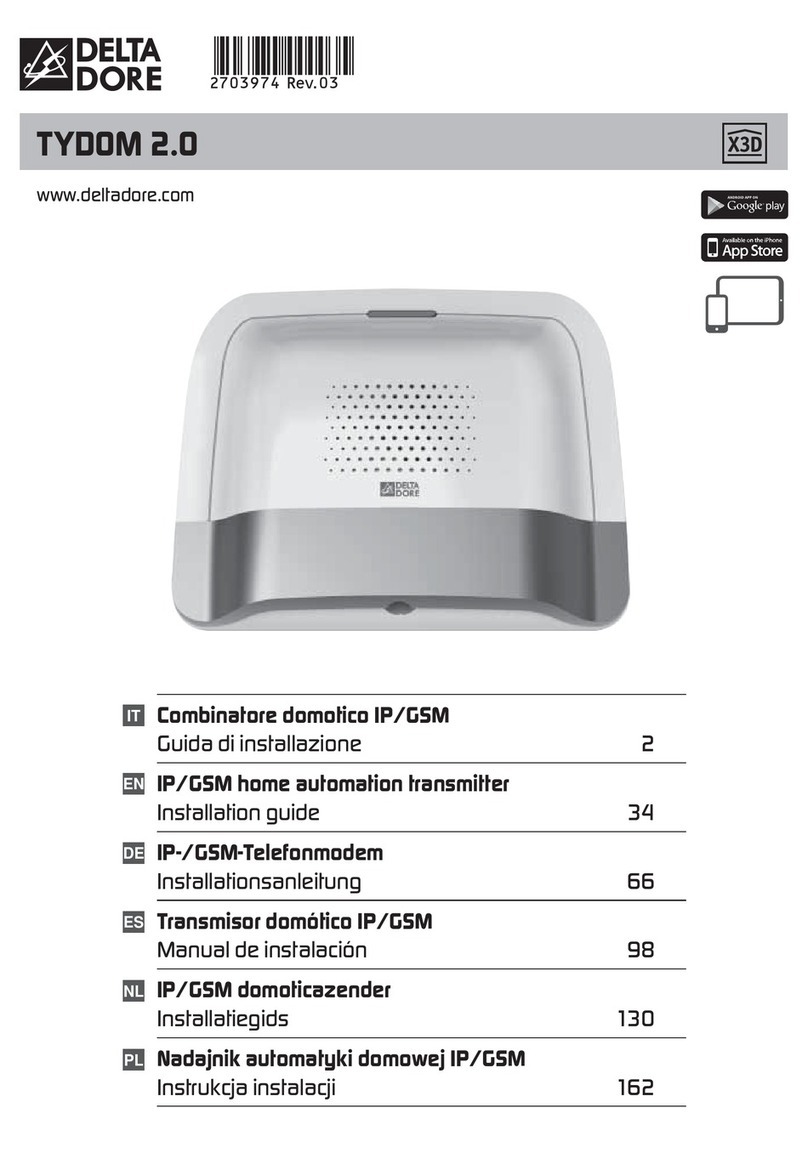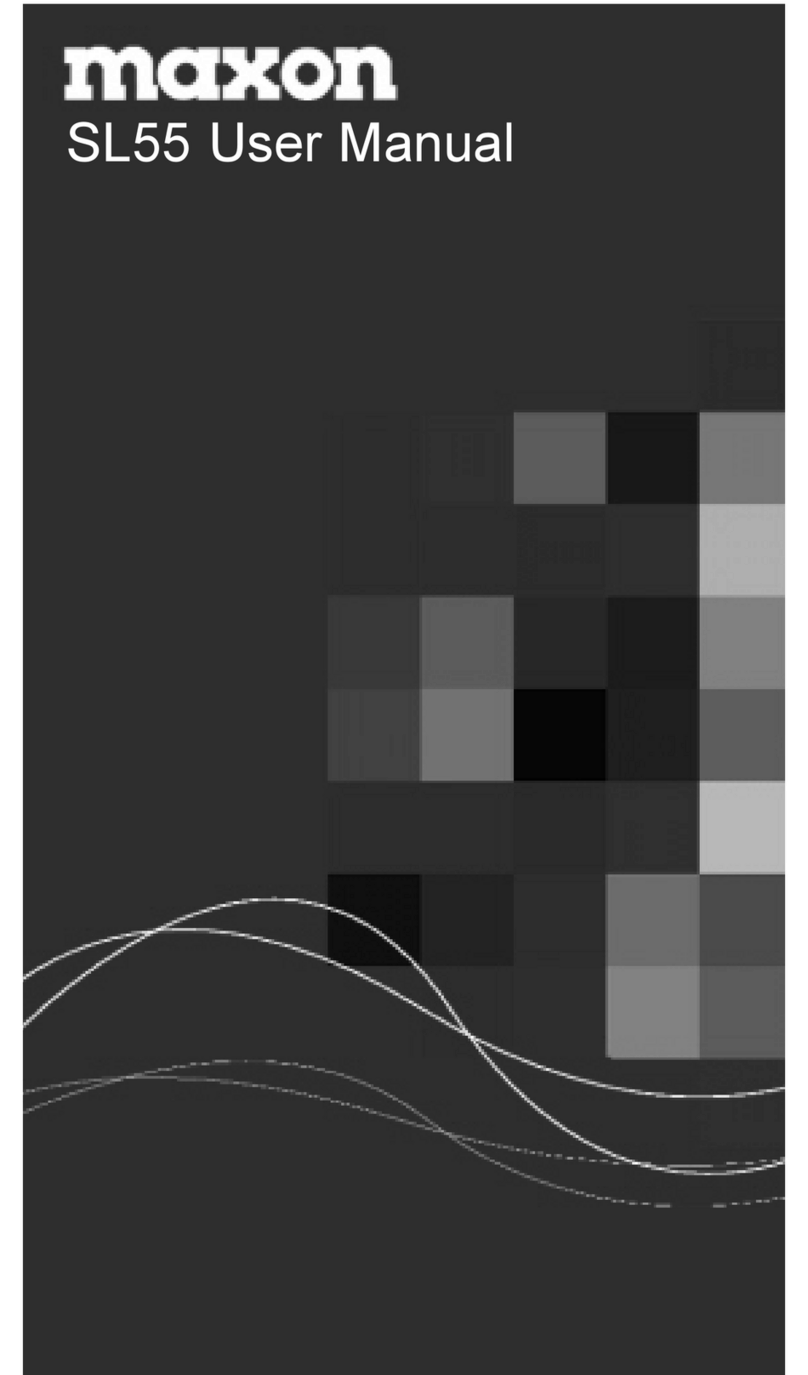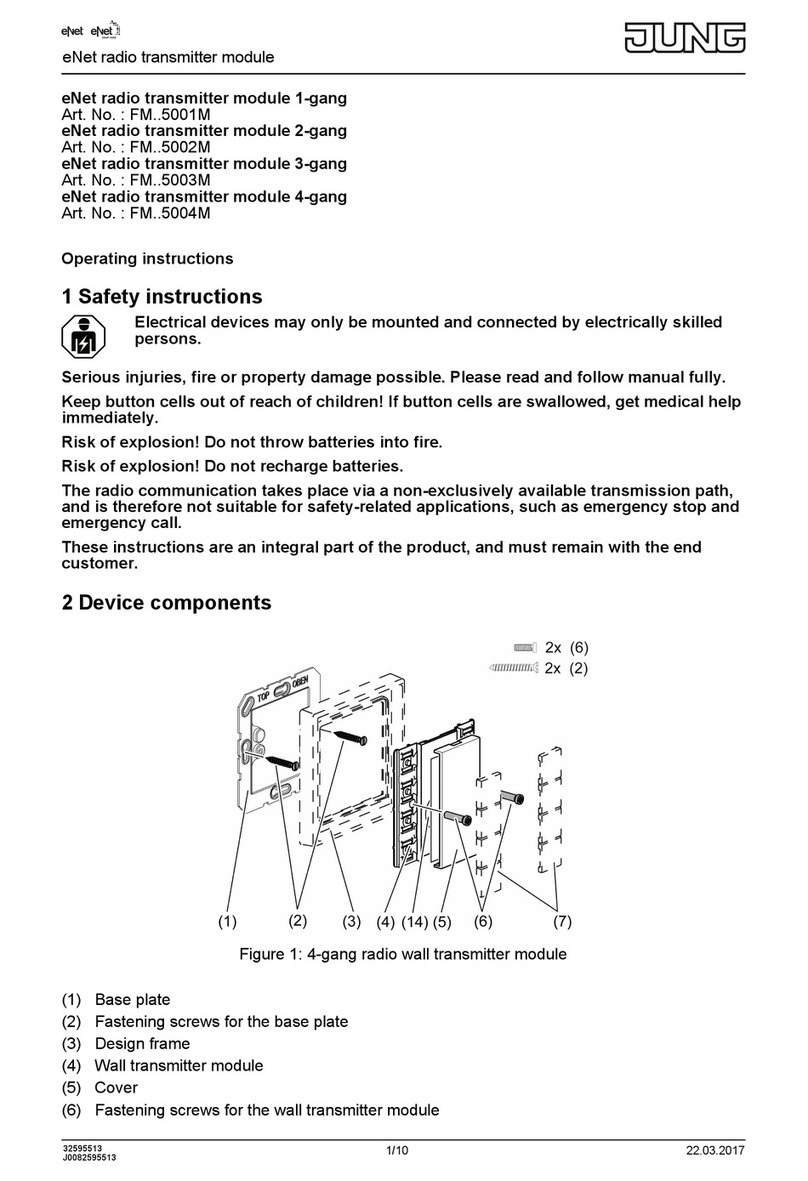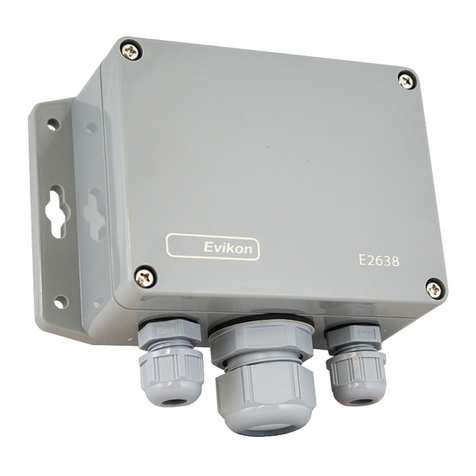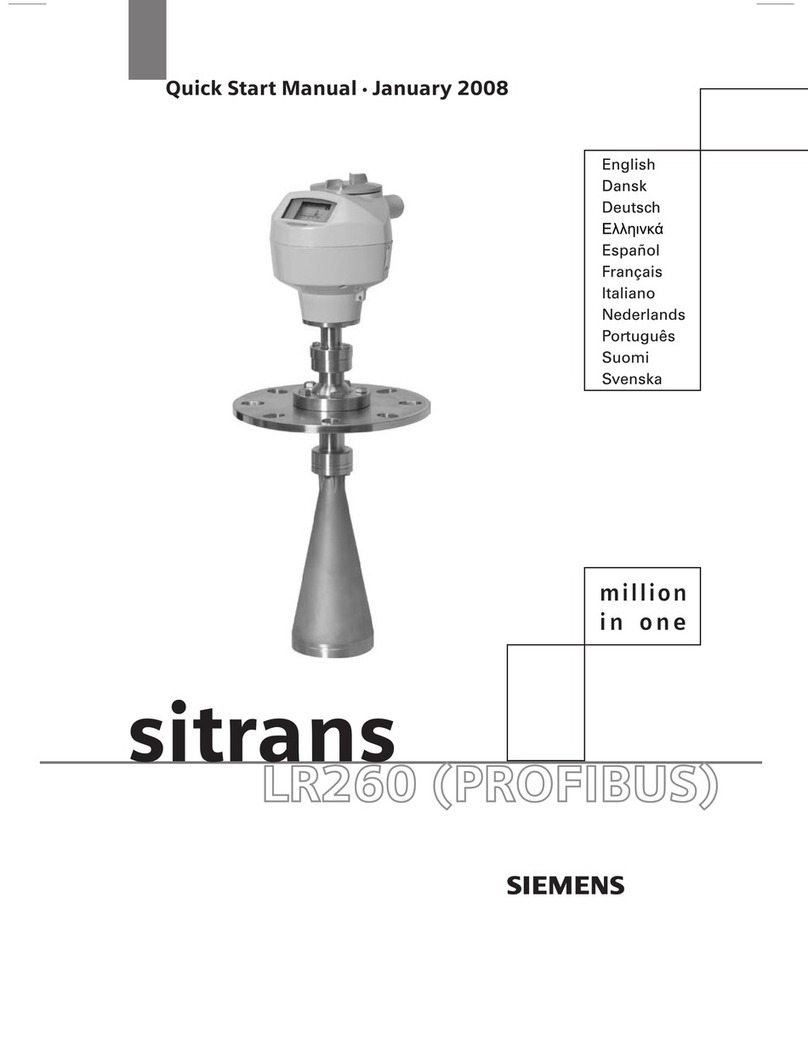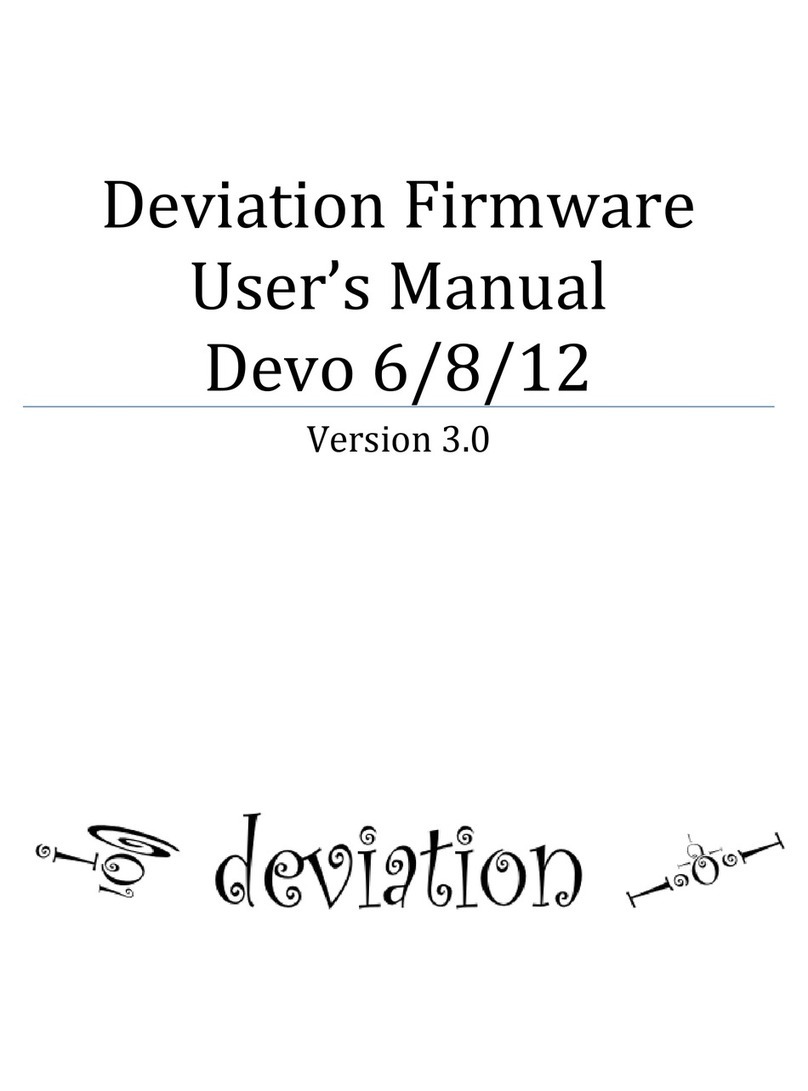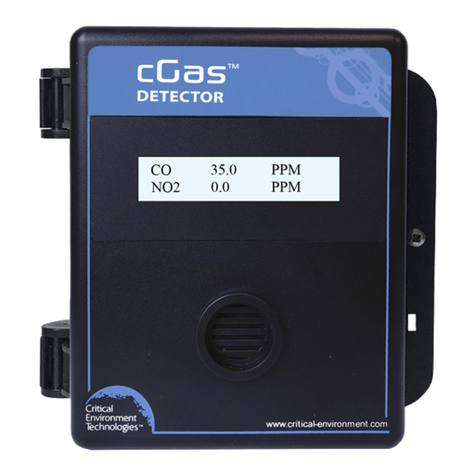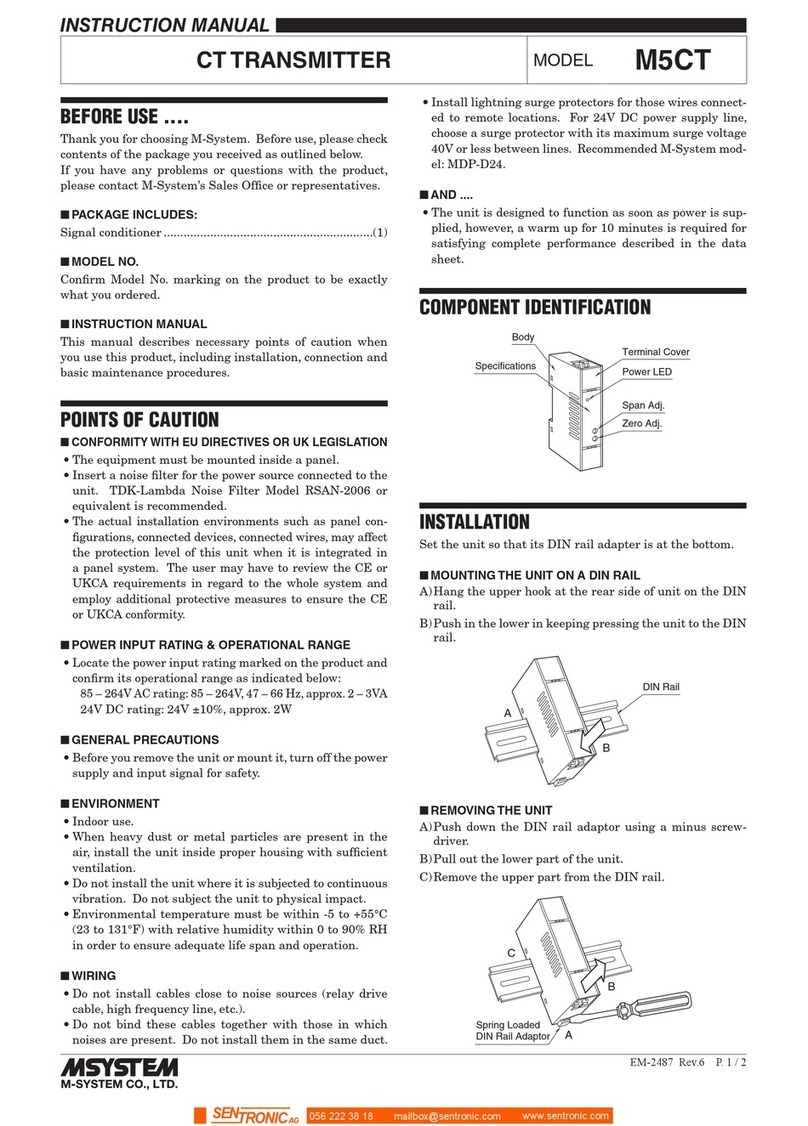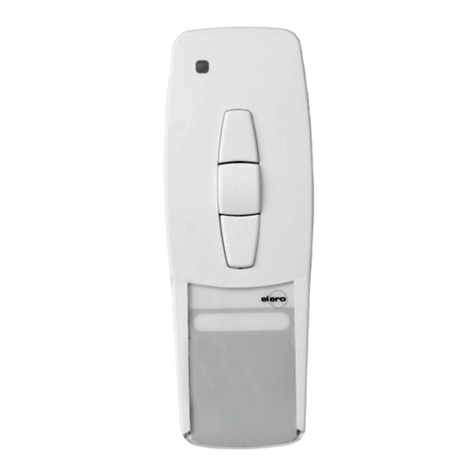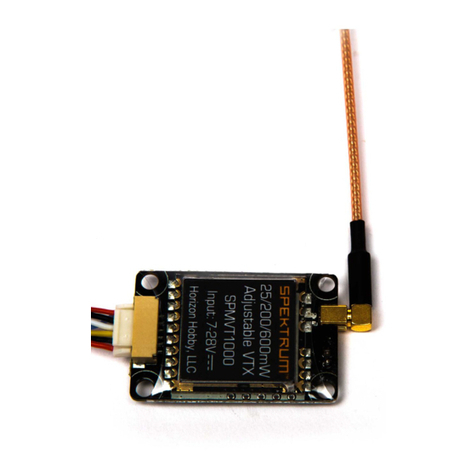Gates BC-1E User manual

TRANSMITTI`VGAQ U I PME NT
--
MODEL BC-1E
BROADCAST TRANSMITTER
1000 WATTS HIGH LEVEL MODULATION
Here is a 1000 watt transmitter that is better than has
heretofore been offered. Outstanding among its many
features are style, accessib,lity, good workmanship, the very
best components, economical operation and a pressure type
cabinet.
GATES R13/104 COMPANY
MANUFACTURERS. tNGINEERS, SINCE 1922
QUIN CY, ILLINOIS, U.S.A.
www.americanradiohistory.com

t
L/4
TRANSMITTÌRNG; ÉQUI PMENT
Vhen the front door is open all low po,er radio
frequency tuning adjustments and metering are
available. No interlocks are required on the front
door as the inside panel Is of dead front con-
struction. Final and modulator tubes are easily
viewed thru the -glass In the front panel and
the door even if the door Is closed.
GENERAL CONSTRUCTION
Both appearance and reliability are stressed
in the design of the BC-1E transmitter. Modern
lines are evident in the cabinet construction
and the arrangement of the manual controls
and meters is such that they are most conven-
ient for the operator and pleasing to the eye.
The cabinet is enhanced by using a multi-coat
synthetic enamel, baked and hand rubbed to
produce a smooth, lustrous finish. It is excep-
tionally easy to clean and will retain its original
sheen for many years.
Internal framework chassis and panels are
copper plated and masked in appropriate places
from the enamel finish to secure a good elec-
trical bond throughout the transmitter. Weld-
ed joints throughout the angular framework
assure maximum strength.
Considerable advantage in making tuning
adjustments is obtained because the panel be-
hind the front door is electrically dead and con-
sequently the front door does not require inter-
locks. The back doors are, of course, interlocked
to prevent access to harmful votages when
they are open.
Another major advantage is the pressure
type cabinet. Dirt and dust are kept out of the
equipment by building up a slight air pressure
inside. Ths is accomplished by drawing air into
the cabinet by a fan mounted inside the left
back door and exhausting it thru the filtered
opening in the top. The inlet is also filtered to
prevent the entrance of dirt and foreign mat-
ter. These filters are easily cleaned and can be
used indefinitely.
Tube life of the 833-A tube is lengthened
for over normal expectancy by the small blow-
ers located beneath them.
MAINTENANCE ACCESSIBILITY
All of the normal functions of maintenance
may be accomplished thru the back doors of
the BC-1E as the major circuits and compon-
ents are easily reached from the back. The fre-
quency control unit is easily removed by slip-
ping off the style strips, taking out the few
screws that hold it to the panel and sliding it
out on its runners. The components on either
side of the transmitter are exposed by taking
off the panels on either side. Inspection is re-
quired in these sections very infrequently.
FREQUENCY CONTROL UNIT
The radio frequency signal in the BC-1E is
started in the frequency control unit, separate-
ly designated as the Model 25-A. It contains
the oscillator circuit, using a type 802 tube,
GATES RAD}IO COMPANY
MANUFACTURERSjNIN)EERS, SINCE 1922
QUIN CY, letI-NOIS, U.S.A. www.americanradiohistory.com

TRANSMITT Nt1\16,4(QUIPMENT
The audio amplifier deck at the top. control panel below and
modulation transformer and reactor on the bottom are shown
here. Notice the neat arrangement of the components and wiring
-not crowded. Boar to find your way around. Each electrical
part here as well us in other sections of the transmitter is
coded to aorreepond with symbols on the schematic diagram
and parts lists In the instruction book.
THE R.F. DRIVER STAGE
Just above the 25-A frequency control unit
is the driver chassis which contains one 813
tube and the grid and plate components neces-
sary for its proper functioning. The R.F. from
the 25-A is fed to the grid circuit of the driver
thru a low capacity flexible shielded cable.
Power for the tube elements is brought in on
the rear of the chassis. Two meters for in-
dicating grid and plate current in this stage
are located on the front panel.
THE FINAL R.F. AMPLIFIER
The upper portion of the cabinet contains
the final radio frequency amplifier. Shunt feed
is used to supply the two parallel connected
type 833-A tubes in this stage. Particular at-
tention has been given to the mechanical de-
sign to obtain sturdiness and enhance the elec-
trical characteristics. Every component op-
erates substantially under its rating. Support-
ing members are made of copper plated steel
angle or heavy gauge sheet accurately formed.
The final plate inductor is made of edgewise
wound silver plated copper ribbon mounted on
mycalex spacer bars. Final tuning is ac-
complished by an oversize capacitor having
cast aluminum plates with a rounded polished
bead on all edges to reduce corona discharge.
Overmodulation tests show that it is virtually
impossible to induce breakdown or component
heating even though applied over long periods
of time.
POWER SECTION
The bottom portion of the transmitter con-
tains the power supply components, the mod-
ulation transformer and reactor and associated
parts. Type 575-A tubes are used to provide
high voltage to the R.F. final amplifier and
modulator. Medium voltages are supplied to
all other stages except the frequency control
unit by a pair of 8008 tubes.
GATES RÁDÍO COMPANY
MANUFACTURERkéIti1G:INERS, SINCE 1922
QUIN CY, IL°LLfNOIS, U.S.A.
www.americanradiohistory.com

TRANSMITTING ÉQdJIPMENT
and two buffer stages which use a type 45
tube and a type 802 tube in that sequence. A
carefully selected crystal is used to secure
accurate control of the oscillator frequency.
The two lightly loaded buffer stages effect-
ively isolate the oscillator from the power
amplifiers. The crystals used in the 25-A have
exceptionally low drift and are mounted in
Bliley BC46T temperature controlled ovens.
Two may be installed and a switch is provided
so that instant change may be made from one
to the other.
The 802 oscillator is of the un-
tuned plate type, very stable in
operation. Average deviation over
long periods of time in the field
shows experience of only a few
cycles variation. The first buffer,
a type 45, is also untuned and
lightly coupled to obtain utmost
stability. The third stage, an 802
is terminated in a high impedance
circuit from which the output is
fed directly to the grid of the
radio frequency driver stage.
Power for all tube elements is ob-
tained from a self-contained power
supply on the 25-A chassis. A sep-
arate AC power line to the 25-A
is terminated at the back of the
transmitter and is left connected
to the source at all times to per-
mit the crystal ovens to heat at
all times.
In addition to front panel
switching of crystals controls are
provided for making minor fre-
quency adjustments on the oscil-
lator and tuning the second buffer
plate circuit, individual switches
for application of plate power to
the oscillator and buffer stages
and pilot lights to show heating
cycles of the crystals and power
application. Three inch meters in-
dicate oscillator plate current, sec-
ond buffer grid current and second
buffer plate current. The temperature of the
crystals can be easily read on the thermometers
viewed through apertures on the front panel.
Particular attention has been given to
maintenance of the 25-A. All terminations, in-
cluding "take off" for a frequency monitor are
on terminals in the rear and may be easily
reached from the back of the transmitter. To
make removal of the entire 25-A easy the
chassis is mounted on slides and is held firmly
in place by four screws in the front panel.
The entire rear of the transmitter nuiras up sa that maintenance and Instw'bion is
GATES RAtDi10. COMPANY
MANUFACTURERSÉkaINEERS, SINCE I922
t.,r *4-.0nc www.americanradiohistory.com

TRANSMITTÌ IG EQUIPMENT
CONTROL SECTION
This portion of the circuit is incorporated
on a single panel on the right side of the trans-
mitter. The control circuits consist of the
power application relays for high voltage and
filament voltage and overload and timing re-
lays. The incoming AC power line fuses and
main power switch of the thermal overload
type are also located on this panel. Manual
control of the plate voltage and filament volt-
age for the final R.F. amplifier is accomplish-
ed by two rheostats which are operated by
knobs on the left side on the front of the
BC-1E transmitter. Push button stations on
the right side operate the filament start relay
which also applies bias voltages. Push button
stations on the left side on the front of the
cabinet operate the high voltage relay. Direct-
ly adjacent are controls for tuning the final
amplifier.
At the top of the control section is the bias
supply which provides a fixed negative voltage
for the modulator grids. This consists of a
power transformer, dual selenium rectifiers
and filter. The use of selenium rectifiers as-
sures an efficient and well regulated bias sup-
ply with the inherent long life obtainable from
selenium units. Balancing the bias voltages is
easily done by means of two potentiometers
located just inside the front door. Bias may be
adjusted while full power is applied.
AUDIO SECTION
Directly above the control section is a
chassis containing the first audio amplifier and
the driver stages. Two type 6B4G tubes are
used in the first stage and two 845's in the
driver. All low voltage terminations are
brought out on a sturdy barrier type phenolic
terminal strip. Three ceramic insulated posts
accommodate the high voltage connections.
The 833A moduator tubes are near the top
of the transmitter in line with the R.F. power
amplifier tubes. Associated components are
located on the bottom of the cabinet.
R.F. OUTPUT COUPLING
The R.F. power amplifier of the BC-1E
radio transmitter is connected single ended
and couples to the transmission line or antenna
through a combination harmonic filter and im-
This view shows the output coupling section, large resistors
and main power transformer. Notice the Intake air filters at
the lower left. If desired coaxial line ma.v he brought up thru
the bottom of the cabinet for consentent termination ta the
K. F. output.
GATES RAD__Q COMPANY
MAN UFACTURERS.e LIVERS, SINCE 1922
QUINCY, IL`LI'NOIS, U.S.A.
www.americanradiohistory.com

TRANSMITTNG EQUIPMENT
É
pedance matching section. The capacity tuning
in the power amplifier forms a radio frequency
potentiometer, thereby adjusting by selection
of components the impedance match between
the modulated plate circuit and the load. The
coupling adjustment consists of an L section
circuit of parallel capacitance and series induct-
ance. The loading inductance may be tapped at
any point along its length and in conjunction
with adjustments of the variable capacitor may
be arranged to match a wide range of line im-
pedances. The variable loading capacity is
adjusted by a knob on the left side of the front
of the cabinet. Directly above is the final plate
tuning knob. Positive action gear reduction
and shaft assemblies assure quick easy adjust-
ments in both the final plate tuning and load-
ing operations.
Below the loading components are found
the high voltage bleeder and bias resistors,
meter multiplier and audio monitoring circuits.
This latter circuit is a capacitor resistor ar-
rangement connected to give true monitoring
of carrier output.
no. "Wadi(led sciteamt lc of the R(' -iE transmitter shows the fundamental electrical arrangement.
GATES RIAD/104 COMPANY
MANUFACTURERS;tklNEERS, SINCE 1922
QUIN CY, 1L'14NO1S, U.S.A.
www.americanradiohistory.com

TRANSMITTING, ËQUIPMENT
METERING
The meter complement for the BC-1E trans-
mitter is complete in every way. Along the top
of the cabinet are located large four inch
meters for indicating R.F. line current, power
amplifier grid current, power amplifier plate
current, modulator plate current, power ampli-
fier plate votage and filament voltage for the
modulator and power amplifier filaments.
Just inside the front door is found a panel
containing a single meter and four switches.
Two of these switches are used to connect the
modulator plate current meter so that it will
indicate the plate current of either or both
modulator tubes. The other two connect the
small meter on this panel to indicate plate cur-
rent in either the first audio or driver stages..
The functions of the meters found on the
radio requency driver and frequency control
panels are described in the sections concerning
these panels.
Metering is available for indicating plate
current in every stage and grid current for
the radio frequency driver and final stages.
NEUTRALIZING
The final R.F. amplifier is the only stage
requiring neutralization. This adjustment is
made by a screwdriver slot adjustment located
next to the meter used for indicating plate cur-
rent in the audio stages.
POWER CHANGING
Provision may be made for operating the
BC-1E transmitter at 500 or 250 watts output
by means of a series of voltage dropping re-
sistors for the final R.F. amplifier plate volt-
age and an attenuator circuit to reduce the
audio input to the proper level. A switch locat-
ed on the front panel inside the door actuates
a relay that makes the proper connections.
ACCESSORY EQUIPMENT
The normal meter complement includes an
RF line current meter on the left end of the
row of large meters at the top. This meter is
of the external thermocouple type. If desirable
a remote reading antenna current meter may
be installed in place of the line current meter.
It may be of the external thermocouple type or
the remote diode rectifier type. The MO-2765-A
diode rectifier remote antenna current meter
consists of a meter having a one milliampere
movement with a scale calibrated in R.F.
amperes and a small unit containing a current
transformer and rectifier. The rectifier and
current transformer unit are generally located
inside the antenna tuning unit at the antenna.
Negligible power is required by the current
transformer to operat this device.
A complete line of antenna tuning units
are available for use with the BC-1E transmit-
ters. Detailed information on them will be
found in catalog sheets devoted to the subject.
The MO-2786-A series of antenna tuning units
incorporate the MO-2765-A diode type remote
antenna current meter and also two or three
coil lighting chokes.
Remote antenna current diode unit. MO-:785-A. The meter pro-
vided matches those along the top of the BC-IE transmitter.
GATES RAEl0 COMPANY
MANUFACTURERSMÇIjERS, SINCE 1922
QUIN CY, IL`LI'NOIS, U.S.A.
www.americanradiohistory.com

TRANSMITTIIVG EQUIPMENT
SPECIFICATIONS
POWER OUTPUT-1000 watts. May be operated as 1000/500 watt, 1000/250 watt,
500/250 watt, or as a 500 watt transmitter. Power reduction may be in-
corporated to suit requirements.
FREQUENCY RANGE-Any frequency from 530 to 1600 KC. (To be specified by
customer.)
FREQUENCY STABILITY-Phis or minus 10 cycles maximum.
POWER INPUT-Average program modulation, 1000 watts output, approximately
5.6 KW; 500 watts output, approximately 4.0 KW.
POWER SUPPLY-230 volts, 50/60 cycles, single phase. Variation not to exceed plus
or minus 10%.
TYPE OF MODULATION-High level Class "B".
A.F. INPUT LEVEL-For 100% modulation, plus 6 vu.; at average program level
plus 3 vu.
FREQUENCY RESPONSE-Within 11: db. from 30 to 10,000 cycles.
DISTORTION-Approximately 3% from 50 to 7500 cycles. 0-95% mod.
NOISE LEVEL-60 db. below 100% modulation unweighted.
R.F. HARMONICS-Less than .03%.
TUBE COMPLEMENT-
1 -802 Oscillator
1-45 Buffer
II
In 25-A Frequency Control Unit
1-802 I.P.A.
1-813 I.P.A.
2-833-A Power Amplifiers
2-6B4-G Speech Amplifiers
2 -845 Audio Drivers
2-833-A Modulators
2-575-A Rectifiers
2-8008 Rectifiers
1-5Z3 Rectifier
SALES OFFICES
123 Hampshire 40 Exchange Place
Quincy, Illinois New York 5, N. Y.
Distributors are conveniently located
in other sections of the United States
GATES RAD/I0 COMPANY
MANUFACTURERS. ENGINEERS, SINCE 1922
QUIN CY, 1LIL1'ÑOIS, U.S.A. www.americanradiohistory.com
Table of contents
Other Gates Transmitter manuals
Popular Transmitter manuals by other brands
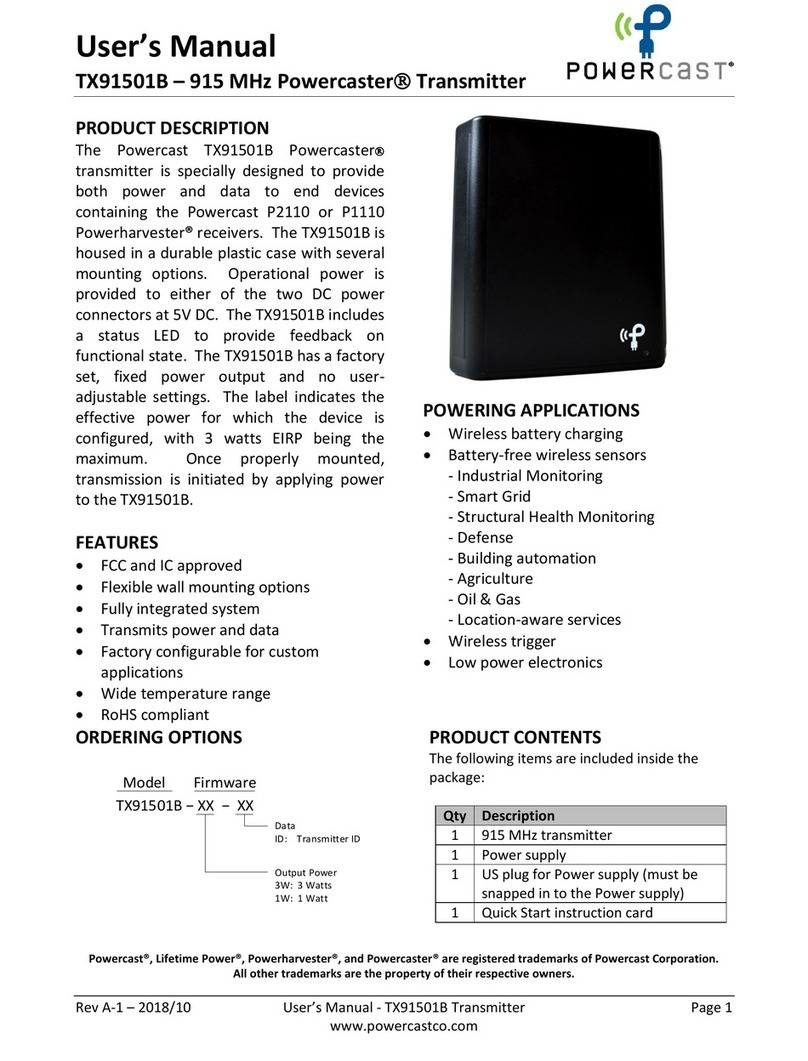
Powercast
Powercast Powercaster TX91501B user manual
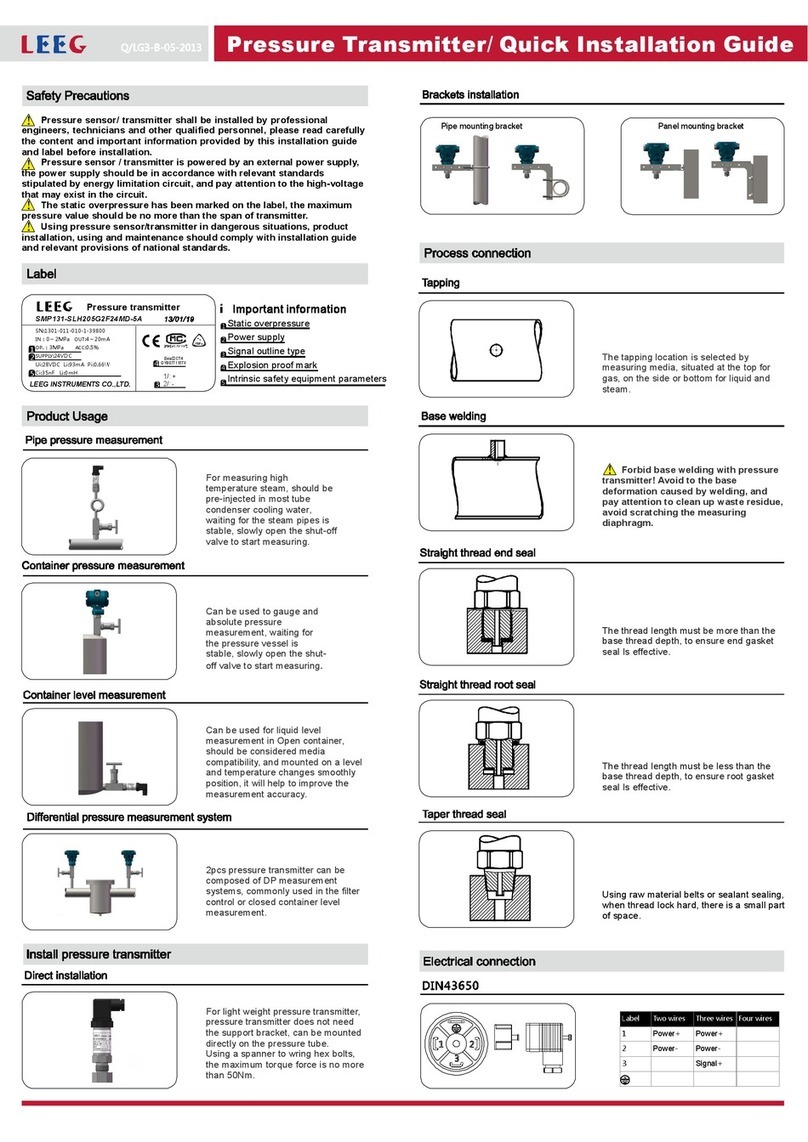
LEEC
LEEC SMP131-SLH205G2F24MD-5A Quick installation guide
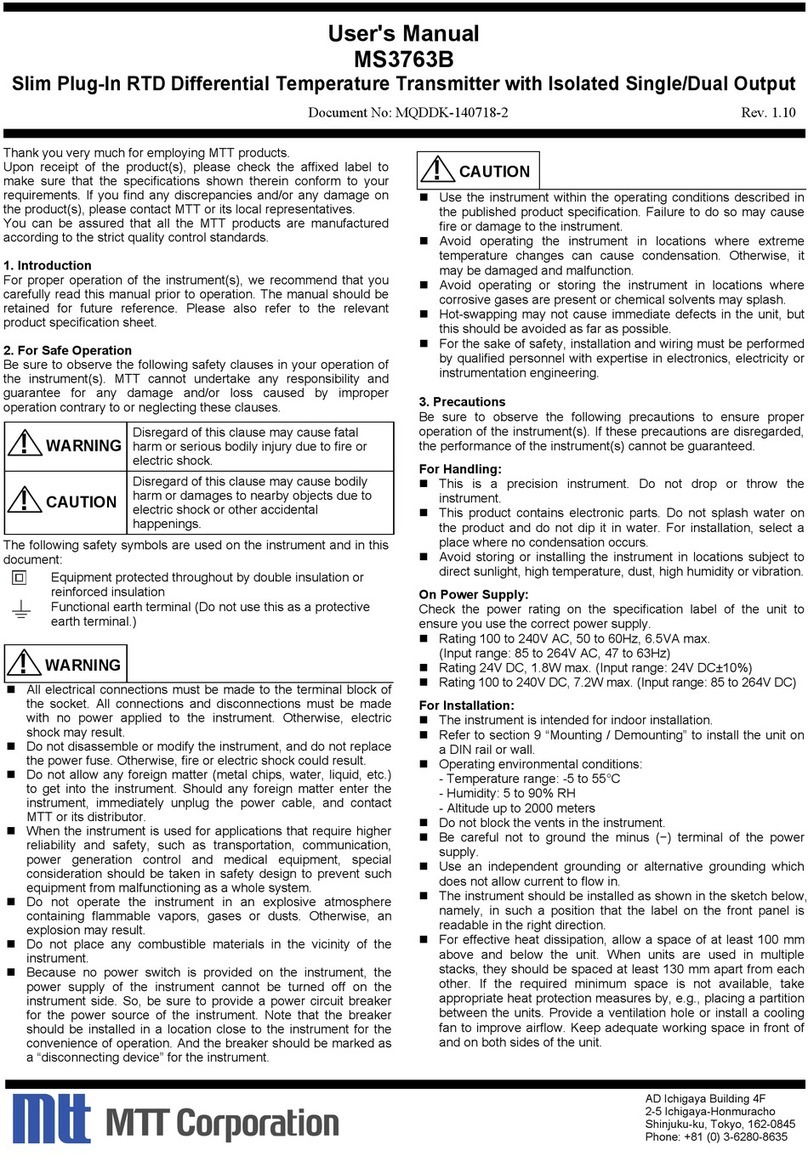
MTT
MTT MS3763B user manual
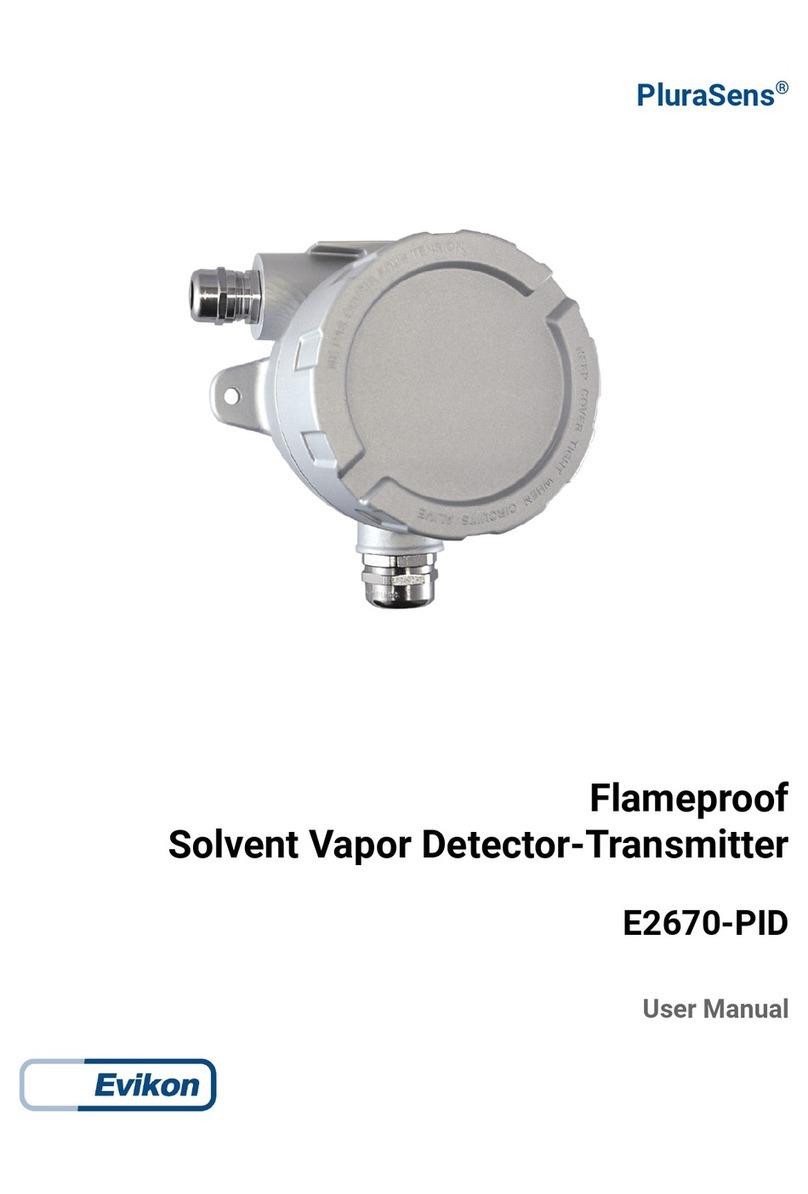
Evikon
Evikon PluraSens E2670-PID user manual
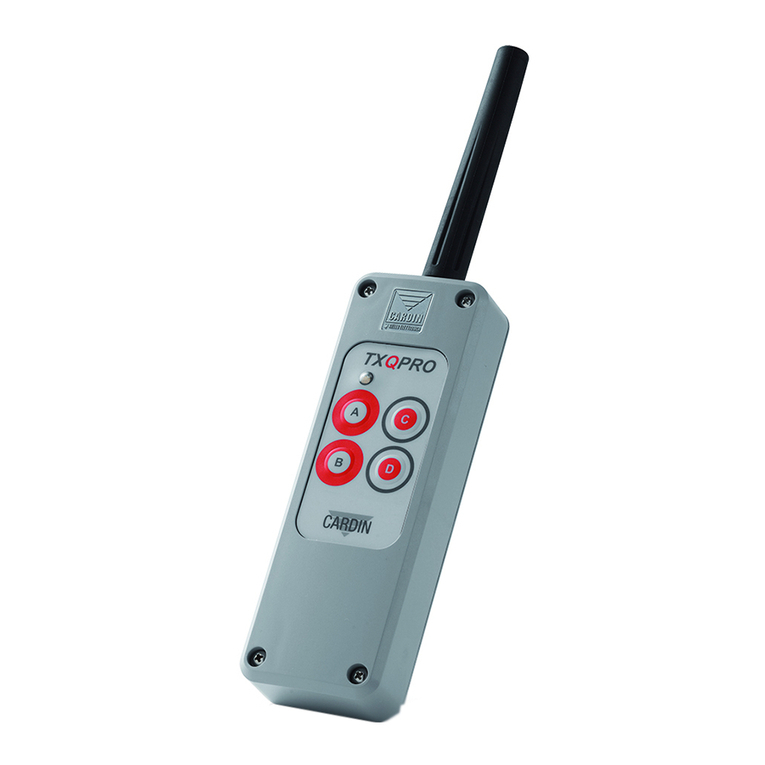
Cardin Elettronica
Cardin Elettronica TXQPRO486 quick start guide
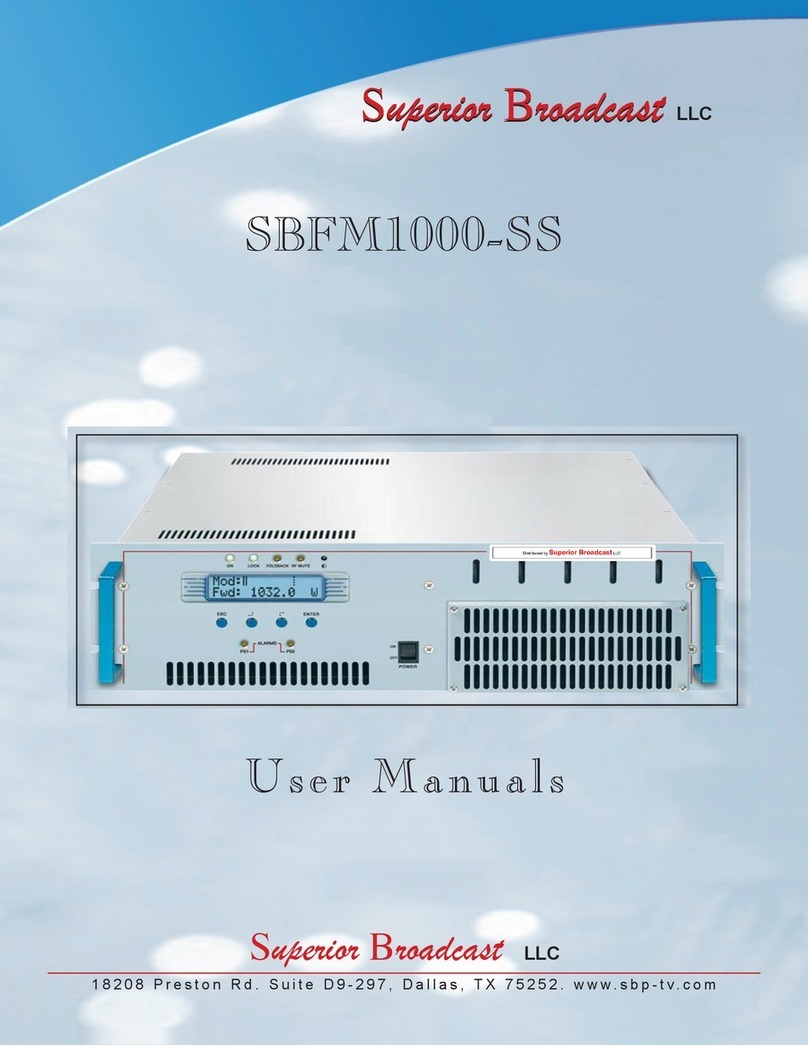
Superior Broadcast
Superior Broadcast SBFM1000SS user manual
